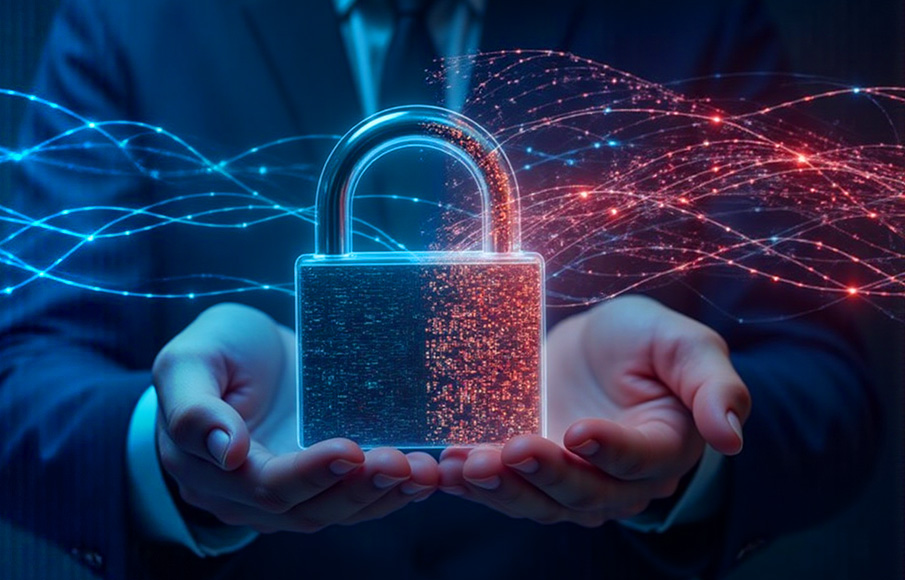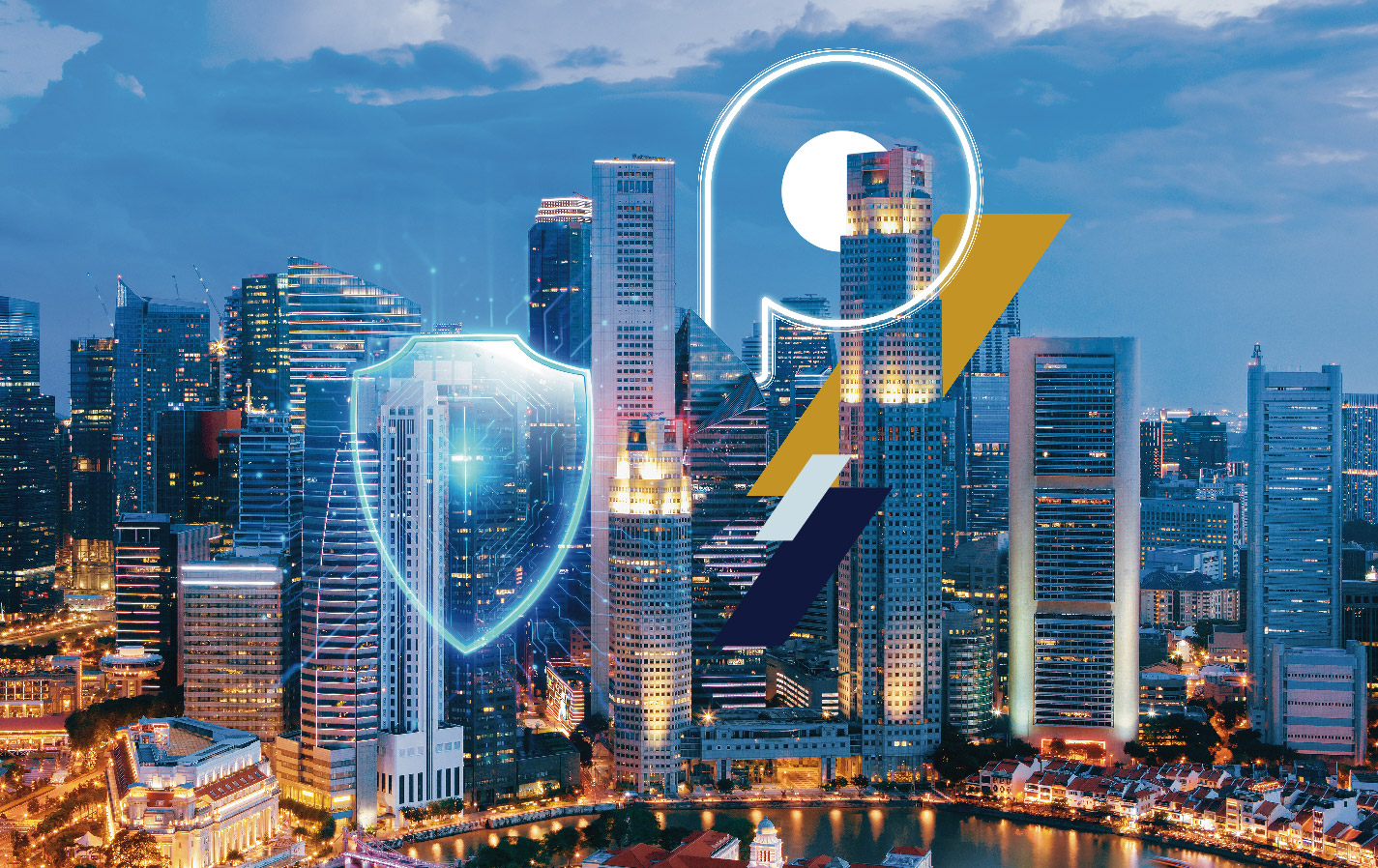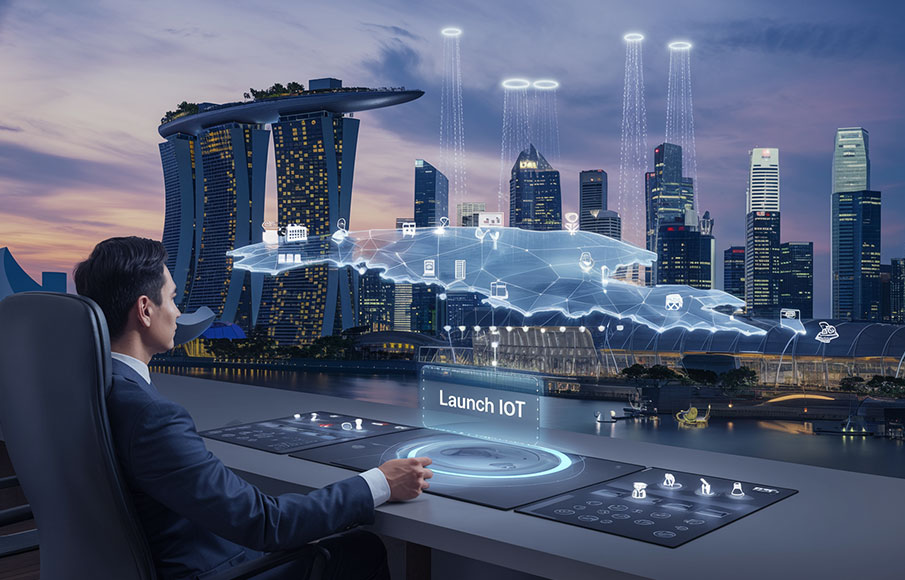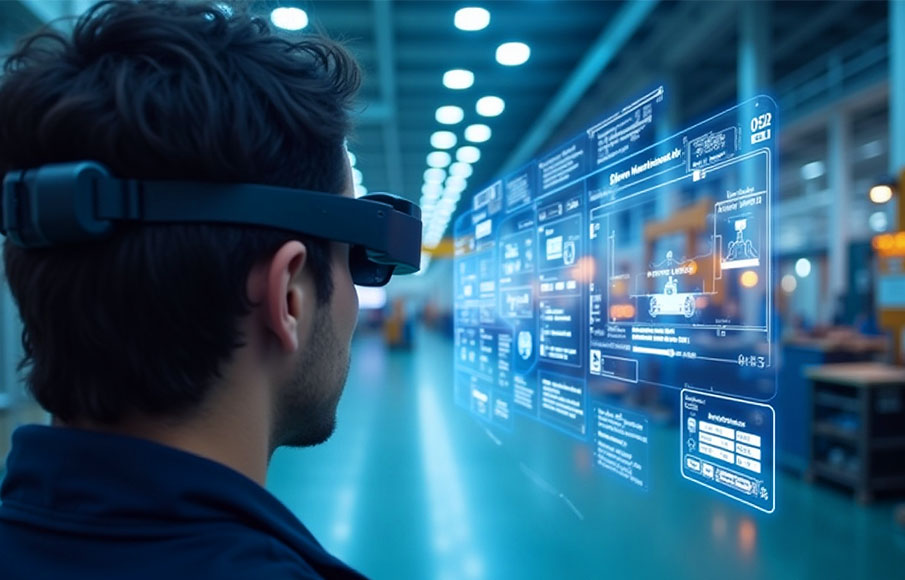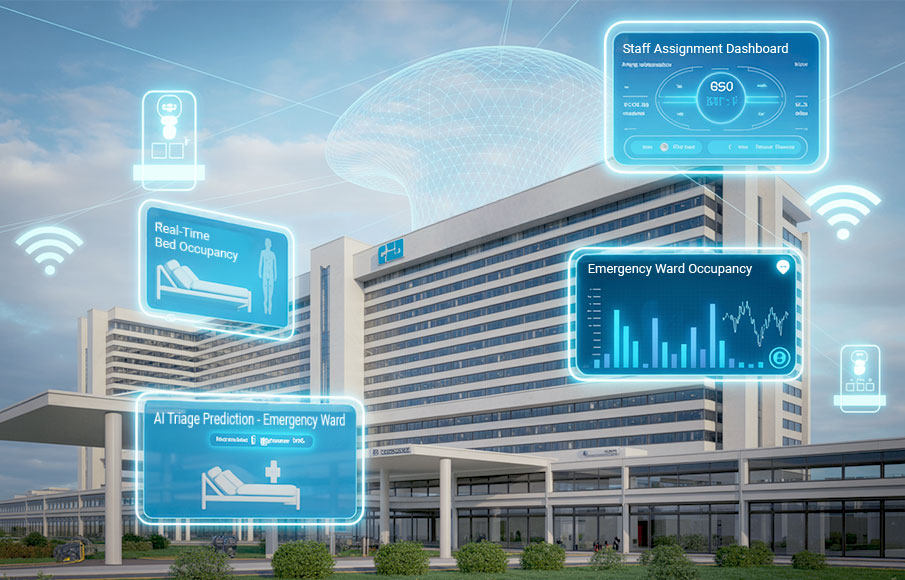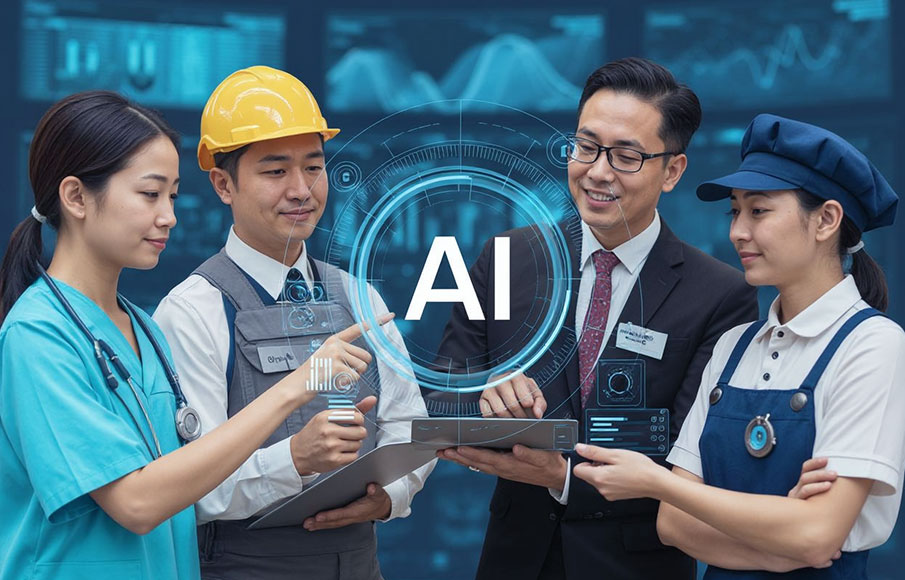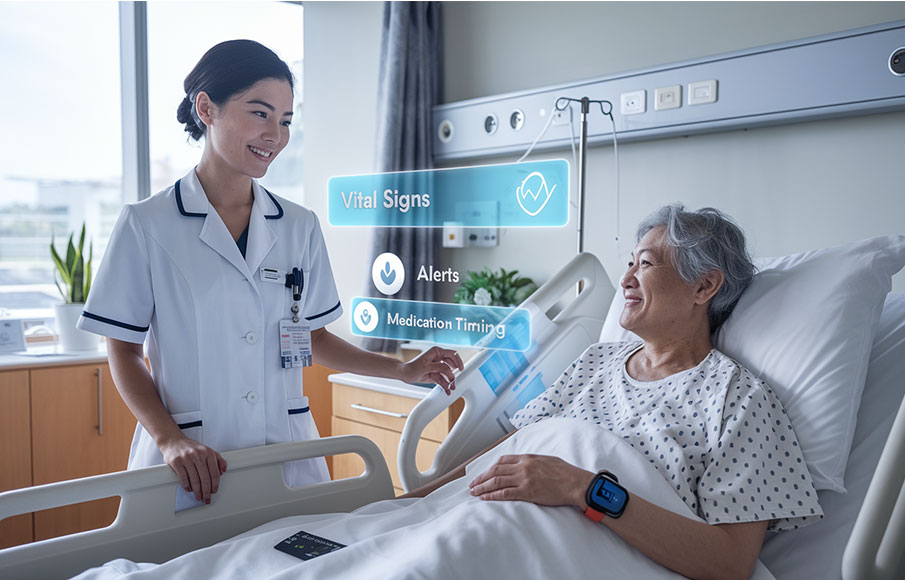IoT Sensors: How Are They Used in 2024?
- 14 May 2024
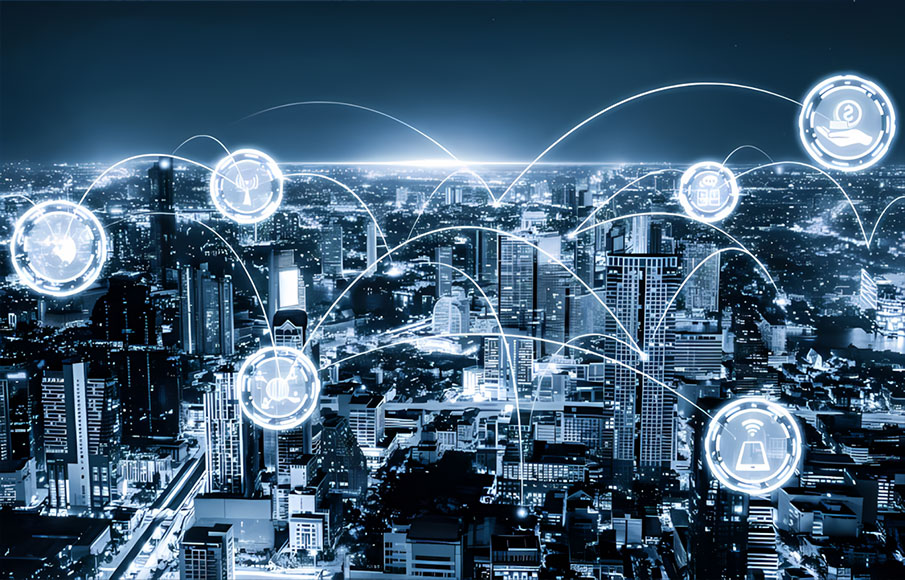
The Internet of Things (IoT) is a network of physical devices that all work together to collect and exchange data. This encompasses household appliances, sensors, and other complex devices that can be used for real-time monitoring. IoT sensors are efficient at translating physical parameters into digital information, and are excellent at supporting work processes. They empower homes, industries, and cities with enhanced connectivity and intelligent automation, providing all manner of use cases.
Here’s how IoT can benefit your organisation:
Data Collection: Sensors gather various types of data such as temperature, humidity, light, motion, pressure, and more, depending on their type and purpose. This data enables better decision making.
Monitoring and Control: By deploying sensors in various systems and environments, IoT applications can monitor conditions in real-time. For instance, in agriculture, soil moisture sensors can monitor soil conditions and trigger irrigation systems when needed.
Automation: Sensors enable automation by detecting changes in the environment and triggering actions or alerts accordingly. For example, motion sensors in smart homes can detect when someone enters a room and automatically turn on the lights.
Efficiency and Optimization: IoT systems use data from sensors to optimize operations and resource utilization. For instance, in industrial settings, sensors on machinery can monitor performance metrics to schedule predictive maintenance, reducing downtime and optimizing productivity.
Data-driven Insights: Sensors generate vast amounts of data, which can be analyzed to derive actionable insights. This data analysis can lead to optimizations, cost reductions, and new business opportunities. For instance, in healthcare, wearable sensors can track patient vitals and provide early warnings of health issues.
Enhanced User Experience: By integrating sensors into products and services, IoT can offer enhanced user experiences. For example, smart thermostats can learn user preferences over time and automatically adjust the temperature for comfort and energy efficiency.
Environmental Monitoring: Sensors are used to monitor environmental conditions such as air quality, water quality, and pollution levels. This data is vital for environmental management and conservation efforts.
Overall, sensors are the backbone of IoT, enabling the collection of real-world data and facilitating the development of innovative applications across various industries and domains.
What are IoT Sensors?

An IoT sensor is an instrument that analyses some aspect of the physical environment and converts it into data that can be captured, analysed, and used for various purposes. These sensors can detect a range of changes, such as temperature, motion, humidity, and pressure. This function is primarily utilised in Smart Buildings, to facilitate monitoring and quick responses that contribute significantly to energy and operational efficiency. For example, occupancy sensors contribute to reducing energy consumption by adjusting lighting and climate control in real-time, based on the actual usage of spaces.
Through this technology, it becomes possible to create smarter systems that drive decision-making processes and improve efficiency and safety across different sectors.
Uses of IoT sensors in 2024
IoT sensors are becoming increasingly integral to a myriad of sectors. Here are some ways that different types of IoT sensors can be utilised.
Smart Locks
IoT Sensors are able to power smart locks, increasing security within a building. Users can grant or deny access remotely, and accurately monitor activity through entry and exit logs. Keycards, optical sensors, biometric authentication, and remote locking are all methods of improving physical security for an area, while providing a high level of control and convenience for building management.
Utilities Monitoring
Integrating IoT sensors into utilities monitoring is already integral to many businesses. It provides a method of real-time tracking of resource consumption, allowing for more sustainable resource management. It also powers early detection of irregularities, such as leaks or faults in infrastructure. This facilitates efficient maintenance, thus reducing the risk of service disruptions.
Some examples of IoT utility monitoring include smart electricity meters in buildings, and water usage tracking in management plants.
Lift Supervision
IoT sensors are efficient at lift monitoring and performance optimisation. These sensors are able to collect data and monitor the ride experience by taking note of acceleration, excessive movement, and load weight. Analysing the frequency of rides gives the management system information on foot traffic, helping to streamline operations. Sensors also improve maintenance schedules by examining changes in operation conditions, such as unusual noise levels or increased heat. This allows for predictive maintenance to take place, reducing disruption to end users.
This remote monitoring and troubleshooting capability is highly useful for building managers, serving as an example of how IoT sensors can improve both safety and efficiency.
Pest Control
IoT sensors are regularly utilised in pest control operations. The National Environmental Agency (NEA) is already making use of various sensors to power their rodent control projects in hawker centres. Proximity sensors, motion sensors, and infrared sensors detect movement in areas that can potentially house pests, and algorithms are then able to utilise this information to identify locations where action is required. Smart traps can then be installed, also utilise pressure sensors to automatically capture pests.
In buildings, similar measures can be taken to regularly monitor for rodent activity, allowing managers to identify infestations before they become severe, and resolve them with minimal impact on residents and visitors.
Environmental Monitoring
IoT sensors can be used to monitor environmental conditions. Temperature sensors, humidity sensors, and chemical sensors measure various metrics such as seawater quality and potential contaminants in water. This data can be crucial for maintaining the health and wellbeing of people living in surrounding areas. The NEA is actively using these sensors to observe changes in water quality around the Singapore Strait, in order to monitor algal bloom and other hazards.
Harness the Power of IoT with SPTel

SPTel works with numerous partners to bring IoT Solutions to businesses across various industries. We provide managed IoT services through an IoT-As-a-Service platform that simplifies the deployment and management of IoT devices and applications, fulfilling the operational needs of diverse business landscapes.
Here are the benefits of partnering SPTel for your IoT needs:
- Simplified deployment
- Seamless operation and simplified management of devices, sensors and networks for improved speed to market
- IoT connectivity expertise
- Protocol agnostic solution that can support a range of connectivity requirements such as LoRaWAN, WiFi, NB-IoT, fibre, 4G and more.
- For sensors requiring LoRaWAN or 4G connectivity, leverage on SPTel’s Sensor Network powered by LoRaWAN and Multi-Network Global SIM for your connected devices
- Multi-tenancy, secure platform
- Independent operations and control with data isolation and protection to safeguard critical business information
- Single contract and support
- One-stop shop for all your IoT needs to reduce the hassle of managing multiple service providers and third parties on equipment hosting and facility management
- IoT Ecosystem
- Access our IoT Ecosystem of partners to seek the right solutions for your business needs
By making IoT technology both accessible and reliable, we help contribute towards building a Smart Nation. Harnessing the power of IoT connected devices with SPTel helps your business achieve greater innovation and efficiency.
To start your digital transformation today, contact us to explore our full suite of services, designed to empower businesses with tailored digital solutions.


